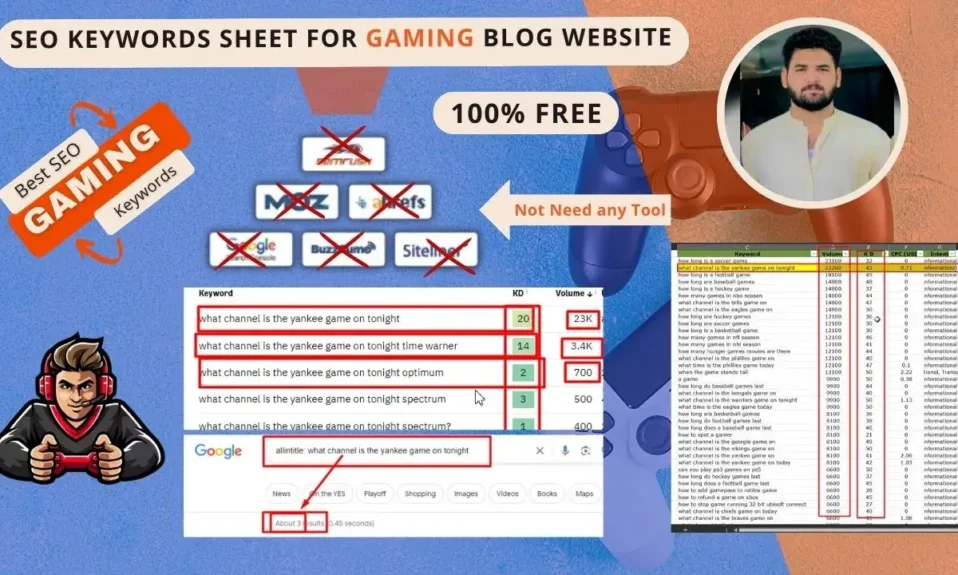
Dynamic rendering is a comparatively new strategy among the many varied methods of serving your content material to look engine crawlers. Immediately, we’ll delve into dynamic rendering and the way it impacts web optimization.
What’s dynamic rendering?
Dynamic rendering is likely one of the attainable server configurations for serving your web site’s content material to customers and bots. It consists of the next:
- Prerendering (and, optimally, caching) your net pages in your server.
- Utilizing the person agent string to detect whether or not a request despatched to your server comes from a human person or a bot.
- Sending human customers an everyday client-side rendered model of your pages.
- Sending bots, akin to Googlebot, a pre-rendered model of your content material.
Dynamic rendering permits you to serve Googlebot with as a lot content material as attainable whereas not asking it to render any JavaScript on its finish. On the similar time, you’re nonetheless serving human customers with the total expertise of your JavaScript-powered content material.
It makes dynamic rendering presumably useful for web optimization as you shouldn’t rely on Google always having the resources to render JavaScript on the spot. By sending Googlebot an HTML model of your pages, you guarantee your content material will get crawled and listed as shortly as attainable.
In brief, utilizing two separate serving mechanisms, dynamic rendering serves the identical content material to human customers and bots.
When dynamic rendering is a good suggestion
Dynamic rendering could also be a viable resolution for JavaScript-powered web sites when you don’t wish to implement full server-side rendering.
Dynamic rendering is a workaround for indexable, public JavaScript-generated content material that adjustments quickly or content material that makes use of JavaScript features that aren’t supported by the crawlers you care about.
supply:
Google Search Central
Most trendy web sites use JavaScript to some extent to render particular dynamically injected content material sections for visible results or site visitors analytics. Whereas Googlebot doesn’t must see your analytics scripts or flashy animations in your web site, it wants to find any related content material to floor it on Google Search.
Google has been capable of render JavaScript for a few years now. Nonetheless, our research shows that JavaScript content often gets crawled and indexed with a significant delay and, in excessive circumstances, doesn’t get found in any respect. Furthermore, Googlebot might battle with the rendering of some bleeding-edge JavaScript options.
Dynamic rendering helps handle that.
When dynamic rendering isn’t advisable
In precept, dynamic rendering isn’t advisable to anybody any longer as a viable long-term resolution, in accordance with the up to date documentation from Google:
Dynamic rendering is a workaround and never a long-term resolution for issues with JavaScript-generated content material in search engines like google and yahoo.
supply:
Google Search Central
Now we have a separate article about why dynamic rendering is not recommended as a default rendering solution for JavaScript-powered web sites.
How dynamic rendering impacts your web site and web optimization
Much like server-side rendering, dynamic rendering ensures that search engine crawlers are capable of entry and index content material on JavaScript-heavy websites. Meaning extra pages could be included within the index and obtain site visitors from the natural search.
It could possibly additionally make Google crawl and index your content material quicker as you’re eradicating the cost of rendering JavaScript, which generally makes Google want extra time to course of JS-powered web sites.
With extra of your pages absolutely listed on Google, extra of them will seem within the SERPs. Easy as that.
How Google perceives dynamic rendering
Google is vocal about its stance on dynamic rendering. It encourages site owners to make use of it in some cases, however solely when “completely needed.”
When Google made suggestions for dynamic rendering in 2018, it was instantly reported that the idea was solely a brief workaround to the issues crawlers have had with rendering JavaScript. Google additionally clarified that the answer is advisable for web sites the place a considerable amount of content material is generated utilizing JavaScript – making it probably inaccessible to look engine robots.
In 2022, Google updated the documentation to say that dynamic rendering isn’t a long-term resolution for web sites with JavaScript-generated content material. Google recommends different configurations, akin to server-side rendering. Server-side rendering supplies higher efficiency, is simpler to take care of, and yields extra constant outcomes.
Different options, akin to static rendering or hydration, can be used.
Is dynamic rendering cloaking?
Dynamic rendering isn’t cloaking so long as it produces (roughly) the identical content material for customers and crawlers.
Moreover, error pages produced throughout dynamic rendering won’t be thought of a type of cloaking however slightly handled as different error pages. By way of serving totally different content material to customers and crawlers, if an internet site shows a web page about Italy to guests whereas delivering a web page about Spain to search engines like google and yahoo, this could possibly be deemed an act of cloaking.
Wrapping up
Dynamic rendering can clear up some JavaScript-related challenges and inconveniences. These embrace errors whereas Google is making an attempt to render the web page, taking extra time to index the content material, scripts that will load incorrectly, and numerous fetch requests for Googlebot, which may end in a extra fast depletion of the crawl budget.
Dynamic rendering is one thing to contemplate in case your web site is JavaScript-heavy and Google doesn’t index your content material as shortly or totally as you’d count on. When used appropriately, no less than quickly, dynamic rendering might help handle the crawling and indexing points that crawlers might have along with your web site.
Nonetheless, Google emphasizes that dynamic rendering is barely a brief resolution, and different strategies, akin to server-side rendering, must be chosen over dynamic rendering when attainable. Due to this fact, when you determine to make use of dynamic rendering, seek the advice of our technical SEO consultants, who will advise you on one of the best ways to proceed.
#Dynamic #Rendering #Impacts #web optimization












